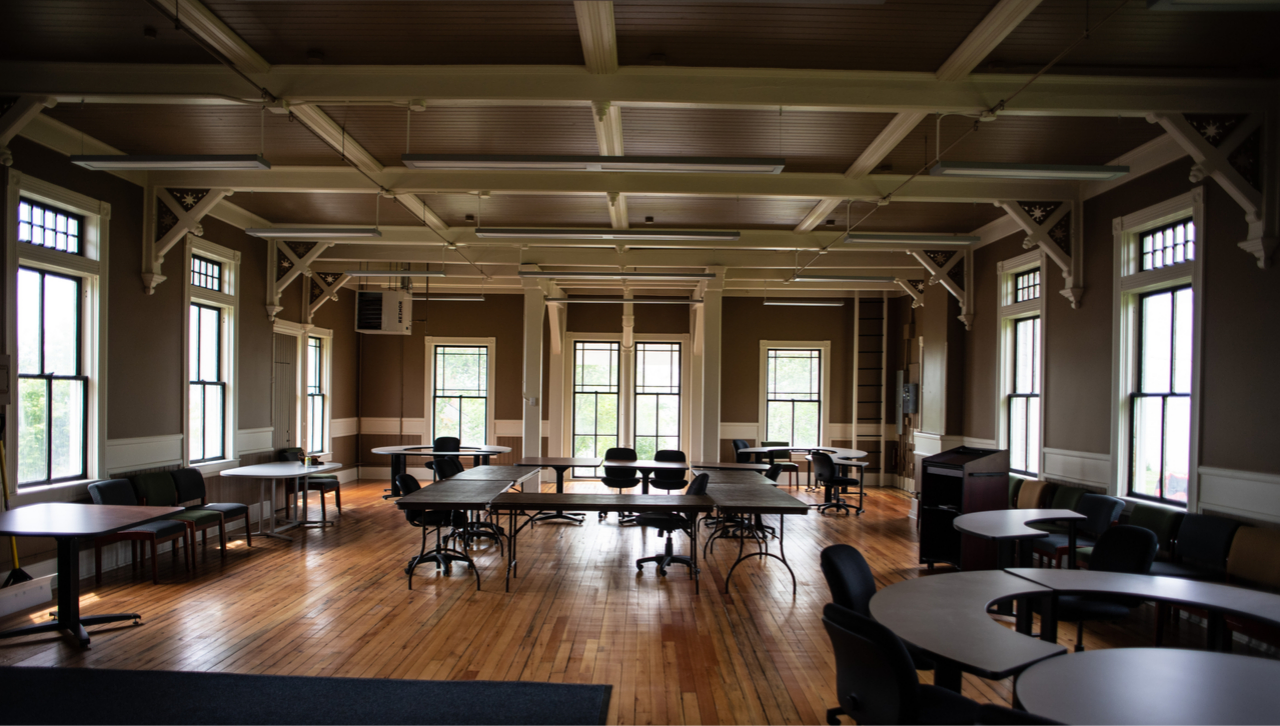Where Lake Superior Research was Hatched
Oct 10, 2019 06:31AM ● By Editor
From the University of Minnesota - Duluth - October 10, 2019
What’s now known as UMD’s Limnology building got its start as the U.S. Fisheries Station.
According to Zenith City Online, the campus was designed by Dr. Robert Ormsby Sweeny, triple threat fish expert/artist/pharmacist. Sweeny’s 1880’s arrival in Duluth from St. Paul coincided with an effort to boost the commercial fishing industry with a government fish hatchery near Lake Superior.
Sweeny illustrated his idea of what the campus should look like, and when construction was completed in 1888, he was named the first superintendent. In its prime, the hatchery produced 150 million fish eggs each year.
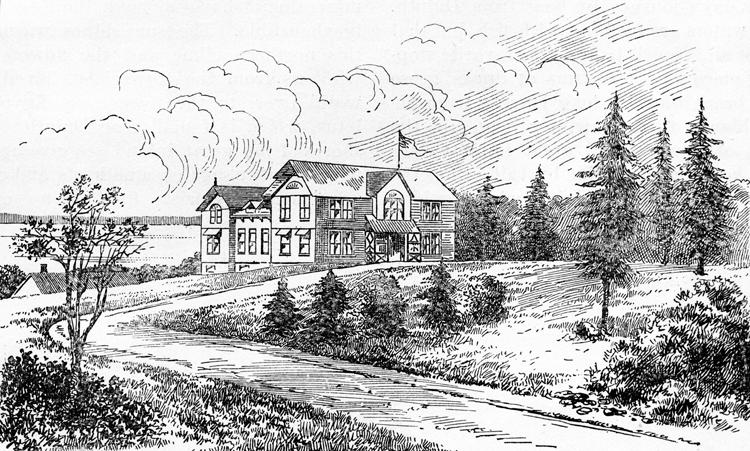
The facility was closed by the federal government in 1946 and sold to the University of Minnesota Duluth in 1947.
UMD transformed it into the Limnological Research Station, a freshwater research facility. It was heavily utilized in the 1960s and 1970s– studying things like mining tailings and acid rain.
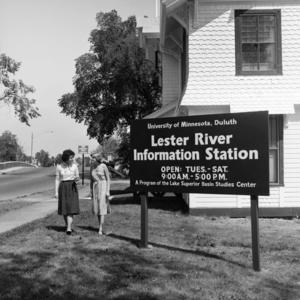
The campus was placed on the National Register of Historic Places in 1978. UMD received a Duluth Preservation Alliance award in 2013 for painstakingly restoring the exterior of the main building. In accepting the award, project manager Kevin Claus said, “It was a privilege to bring back the original beauty of this building that greets everyone as they enter Duluth from the North Shore.”
Meticulous Preservation
Starting in 2012, UMD has put a renewed focus on maintaining the historic facility.
In stark contrast to prefabricated techniques commonly used today, UMD’s approach to restoring the Limnology building was described as “above and beyond” by the Duluth Preservation Alliance.
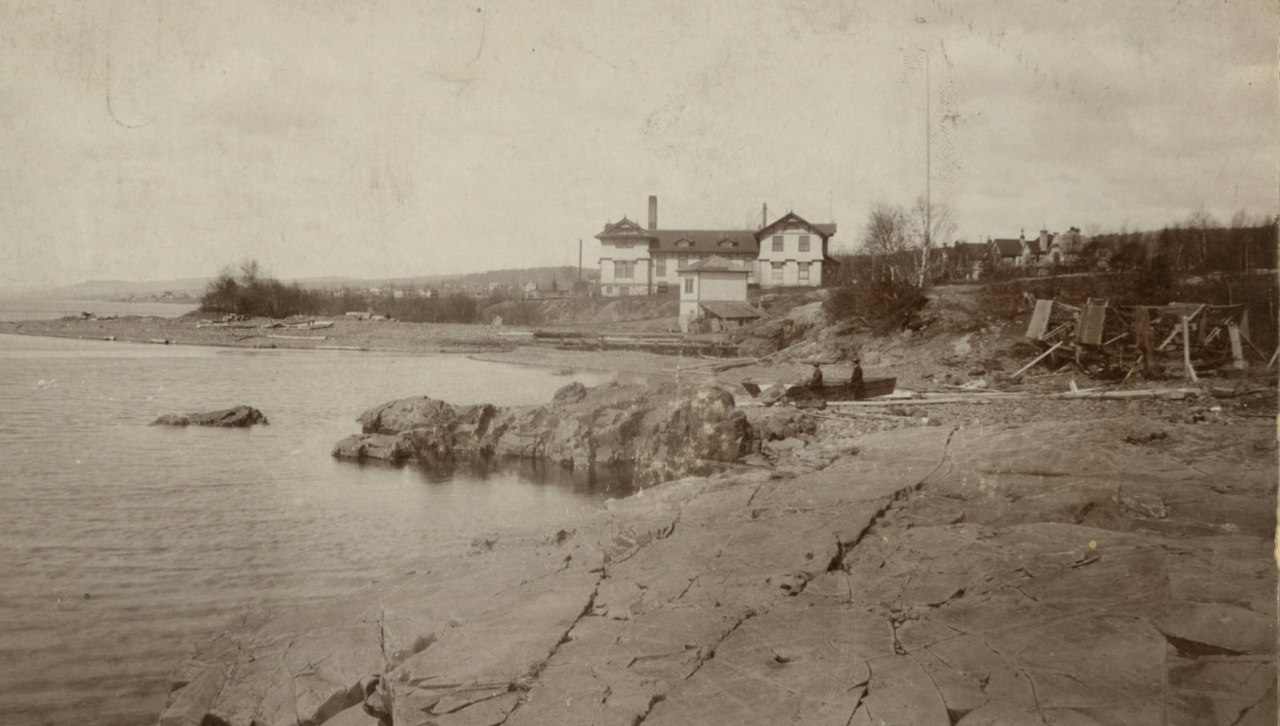
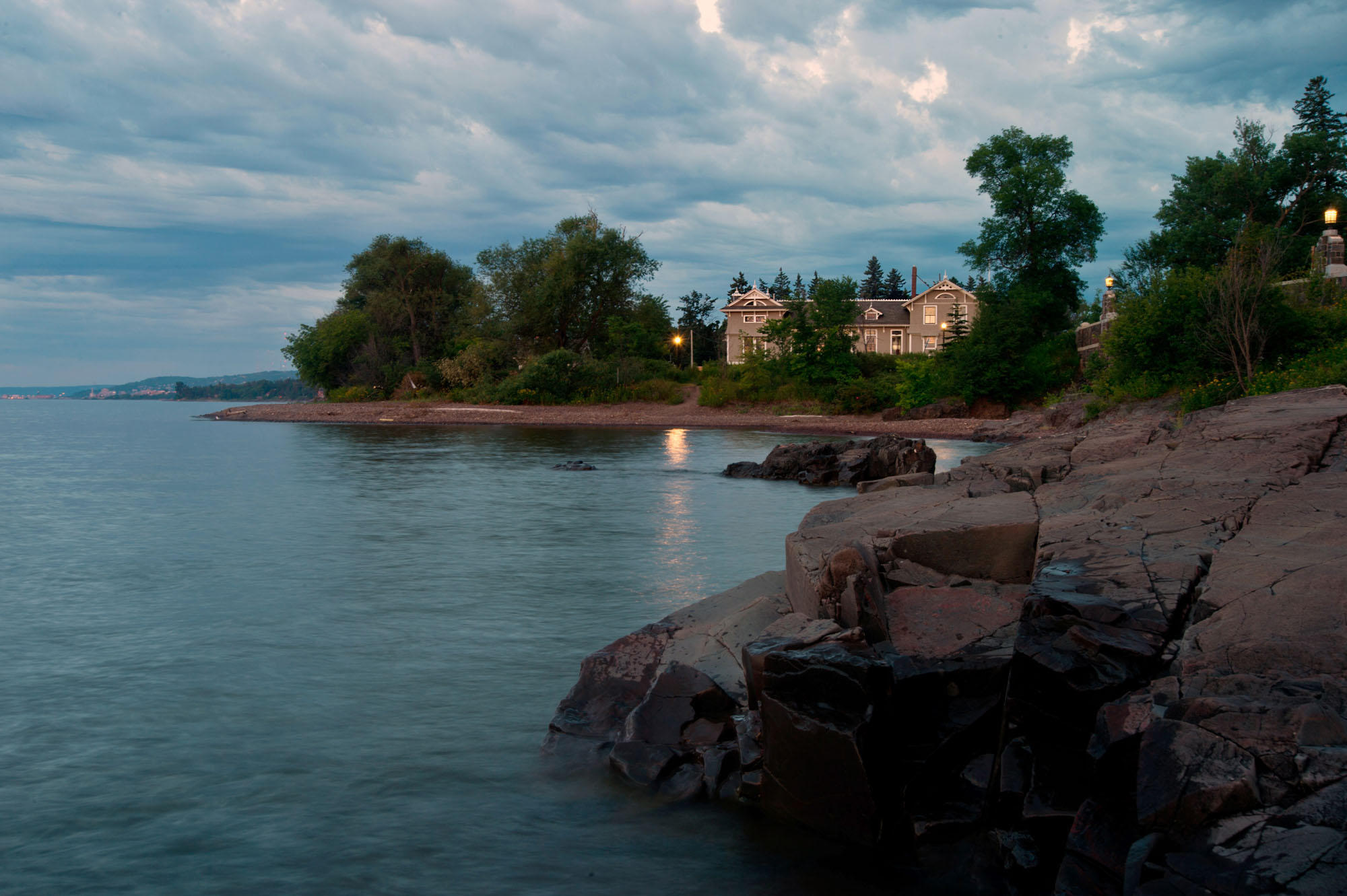
For example, when Facilities Management begin repairing ridge cresting on the roof, the maintenance crew would mock up a piece of ridge crest by reviewing old photographs, place it on the roof, and walk across London Road to get perspective before fabricating the entire ridge crest, spires, and dog bones. There were no actual ornamental pieces to copy, everything had to be fabricated by studying old photographs.
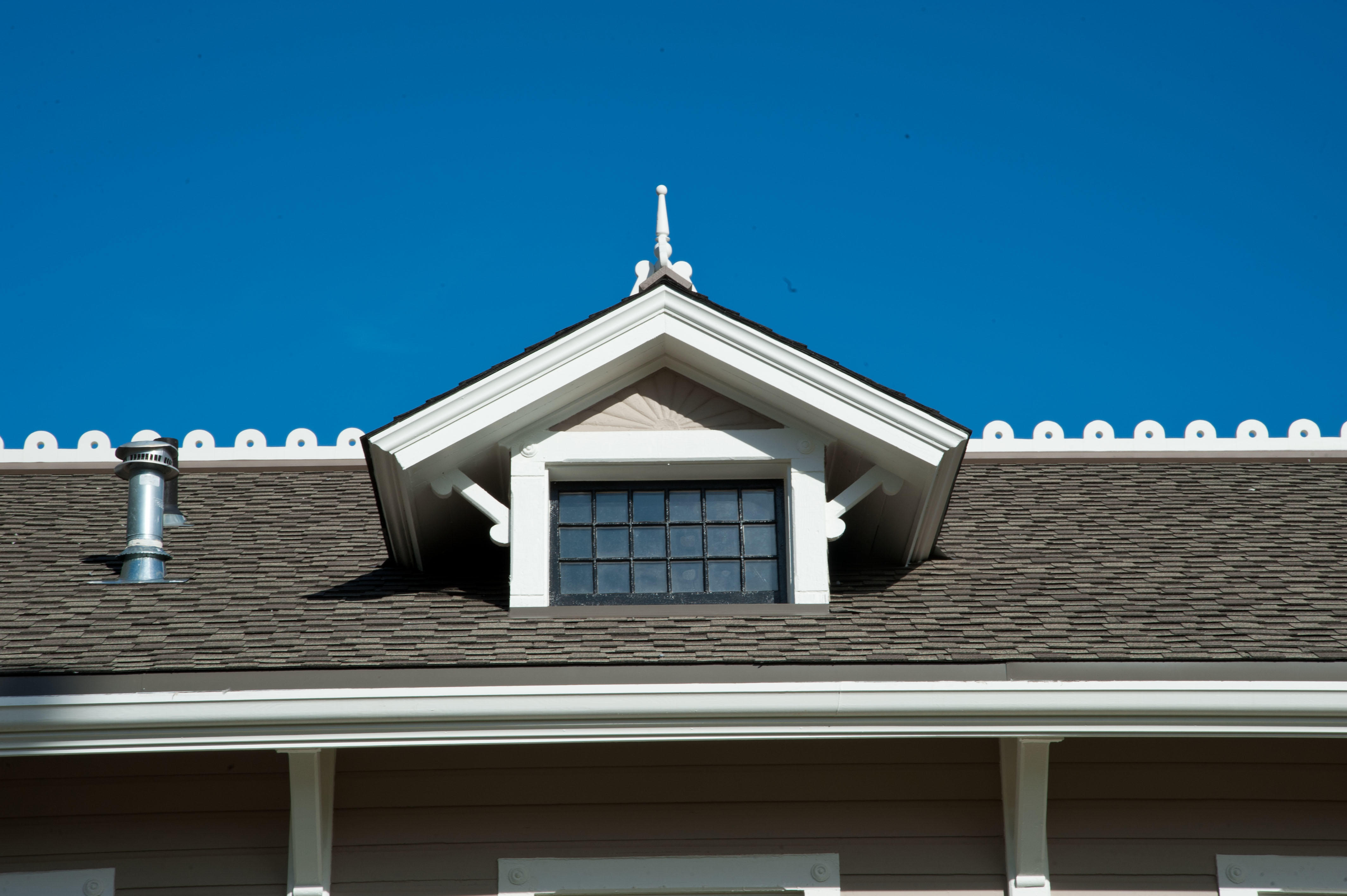
Exterior painting on the carriage barn, well house, and cottage were completed this summer as the final steps.
The Building Today
UMD’s limnological research moved from the London Road building to UMD’s campus and the Large Lakes Observatory in recent years.
The Recreational Sports and Outdoor Program (RSOP) now uses the property to teach surfing, kayaking, and outdoor recreation on Lake Superior.
The lower level of the main building’s interior is used by UMD departments and offices for meeting space.
